Last updated on
Discover the essential steps to successfully launch your own cloud kitchen at home, as we guide you through this innovative culinary venture.
The food industry has undergone a significant transformation in recent years, and the pandemic has only accelerated this change. One of the most prominent trends that have emerged is the rise of cloud kitchens.
These kitchens operate entirely online and deliver food straight to consumers’ doors, without any physical storefronts. If you’re someone who loves cooking and wants to start a business from home, then starting a cloud kitchen might be just what you need! In this article, we’ll guide you through everything you need to know about starting a successful cloud kitchen at home.
So let’s dive right in!
What's Inside
Cloud Kitchen Concept
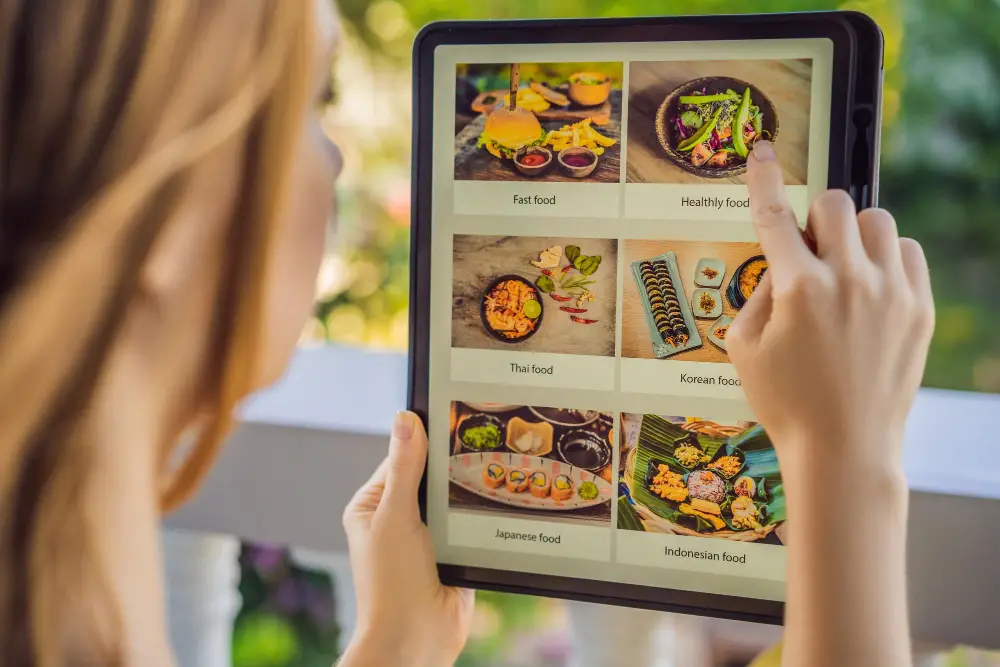
Cloud kitchens, also known as ghost kitchens or virtual restaurants, are a new and innovative concept in the food industry. These types of kitchens operate entirely online and have no physical storefronts.
Instead, they rely on delivery apps like Uber Eats or Grubhub to bring their food straight to customers’ doors.
The cloud kitchen model has become increasingly popular due to its low overhead costs compared to traditional brick-and-mortar restaurants. By eliminating the need for expensive real estate and dining areas, cloud kitchen owners can focus solely on creating high-quality dishes that appeal directly to their target audience.
Another advantage of cloud kitchens is that they allow entrepreneurs with limited resources or experience in the restaurant industry an opportunity to start a business from home without having significant upfront investments.
However, it’s important not just jump into this venture blindly; there are several factors you should consider before starting your own cloud kitchen at home.
Types of Cloud Kitchens

The most common ones include:
1. Independent Cloud Kitchens: These are standalone cloud kitchens that operate independently and have their own branding.
2. Aggregator Cloud Kitchens: These are platforms that bring together multiple restaurants or food brands under one roof and offer a shared kitchen space for them to operate from.
3. Virtual Restaurants: Also known as ghost restaurants, these cloud kitchens don’t have any physical storefronts but instead exist entirely online through delivery apps like Uber Eats or Grubhub.
4. Commissary Kitchens: These commercial-grade facilities provide licensed kitchen spaces for rent to food businesses looking for a place to prepare their meals without investing in expensive equipment and infrastructure.
Market Research

This step will help you understand the current food trends and consumer preferences in your area. You can start by analyzing your competitors’ menus, pricing strategies, and delivery options.
You should identify gaps in the market that you can fill with unique offerings.
Another crucial aspect of market research is identifying your target audience. Who are they? What do they like to eat? How much are they willing to spend on food delivery services? Answering these questions will help you tailor your menu and marketing strategies accordingly.
By conducting comprehensive market research before launching a cloud kitchen at home, you’ll be able to make informed decisions about every aspect of your business – from branding and identity to menu planning and pricing strategy.
Target Audience Identification

Knowing who your customers are is crucial for creating a menu that appeals to them, setting prices that they’re willing to pay, and developing marketing strategies that resonate with them.
Start by researching the demographics of your local area. Consider factors such as age range, income level, lifestyle preferences (e.g., health-conscious or indulgent eaters), and cultural background.
You can also use online tools like Google Analytics or social media insights to gather data on consumer behavior patterns.
Another important aspect is identifying customer pain points – what problems do they face when ordering food? Is there something missing in their current options? Addressing these issues will help you create a unique selling proposition for your cloud kitchen.
Remember: Your target audience may evolve over time as you receive feedback from customers and adjust accordingly.
Business Model Selection
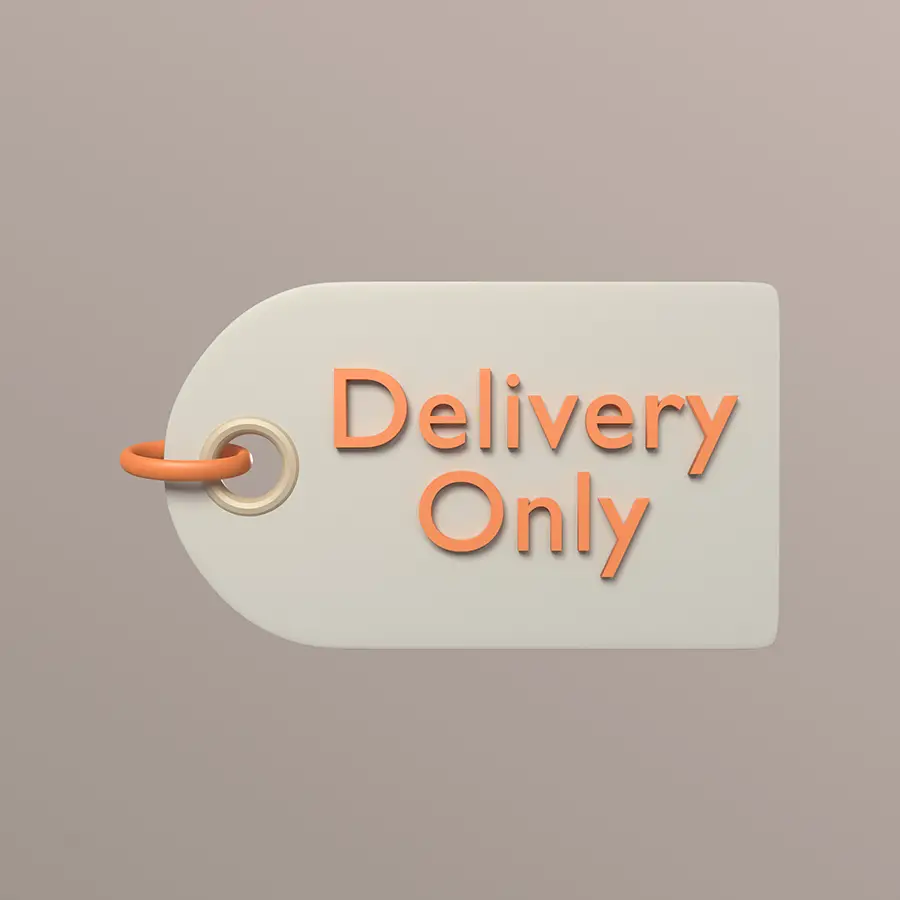
There are several options available, each with its own set of advantages and disadvantages.
One popular model is the aggregator or delivery-only model. In this approach, you partner with third-party food delivery platforms like Uber Eats or Grubhub to handle order processing and deliveries.
This can be a great option if you’re just starting out as it allows you to tap into an existing customer base without having to invest in marketing efforts.
Another option is the virtual restaurant or brand-owned model where you create a unique brand identity that operates exclusively online through various channels such as social media platforms, website orders etc., allowing for greater control over branding and menu offerings.
Lastly, there’s also the hybrid approach which combines elements of both models mentioned above – partnering with aggregators while simultaneously building up your own online presence under one umbrella brand name.
Ultimately, choosing the right business model will depend on factors such as budget constraints, target audience preferences & behavior patterns among others.
License and Regulation Compliance

This step is crucial as non-compliance can lead to hefty fines or even closure of your business. The requirements may vary depending on where you live, so it’s important to research thoroughly.
Some common licenses required for a cloud kitchen include food service establishment permits, health department permits, fire safety certificates, zoning approvals and more. You should also check if there are any specific regulations related to online food delivery services in your area.
To avoid any legal issues down the line make sure that all paperwork is in order before launching your business. It might be helpful to consult with an attorney who specializes in small businesses or restaurant law.
Menu Planning and Pricing

Your menu should reflect the preferences of your target customers while also showcasing your culinary skills. Keep in mind that a cloud kitchen has limited space, so it’s best to keep the menu simple yet diverse enough to cater to different tastes.
When planning prices for each dish, consider factors such as ingredient costs, preparation time, delivery fees (if any), and profit margins. It’s important not only to cover all expenses but also offer competitive prices compared with other cloud kitchens in the market.
Another crucial aspect is offering meal combos or packages that can attract more customers by providing value for money deals. You can also experiment with seasonal menus or special offers during festivals or events.
Remember that pricing is not set in stone; you may need to adjust them based on customer feedback or changes in ingredient costs over time.
Branding and Identity

Your brand is what sets you apart from the competition and helps customers recognize your business. It should reflect the values of your cloud kitchen, such as quality, convenience, affordability or sustainability.
Start by choosing a name that is easy to remember and relevant to your cuisine or concept. Then design a logo that represents your brand visually – this could be anything from an abstract symbol to an illustration of one of your signature dishes.
Your branding should also extend beyond just visual elements; it should include messaging too. Develop taglines or slogans that capture the essence of what makes you unique in just a few words.
Location and Setup

Since cloud kitchens operate entirely online without any physical storefronts or dining areas, you can set up shop in almost any location that meets certain criteria.
Firstly, consider the size of the space required for setting up a commercial-grade kitchen with all necessary equipment. Secondly, ensure that there is adequate ventilation and proper electrical connections available at the site.
Thirdly check if there are enough parking spaces nearby for delivery drivers to pick-up orders quickly.
You may choose to rent out an existing commercial kitchen space or convert an unused area in your home into a dedicated cooking zone. If you decide on using part of your home as a workspace make sure it complies with local zoning laws before starting operations.
When setting up the interior design of your cloud kitchen keep functionality as top priority while also considering aesthetics such as color schemes and lighting options which can help create brand identity. Remember that customers will not be visiting this space so focus on creating an efficient work environment rather than investing heavily in decor elements like furniture or artwork.
Kitchen Equipment and Essentials
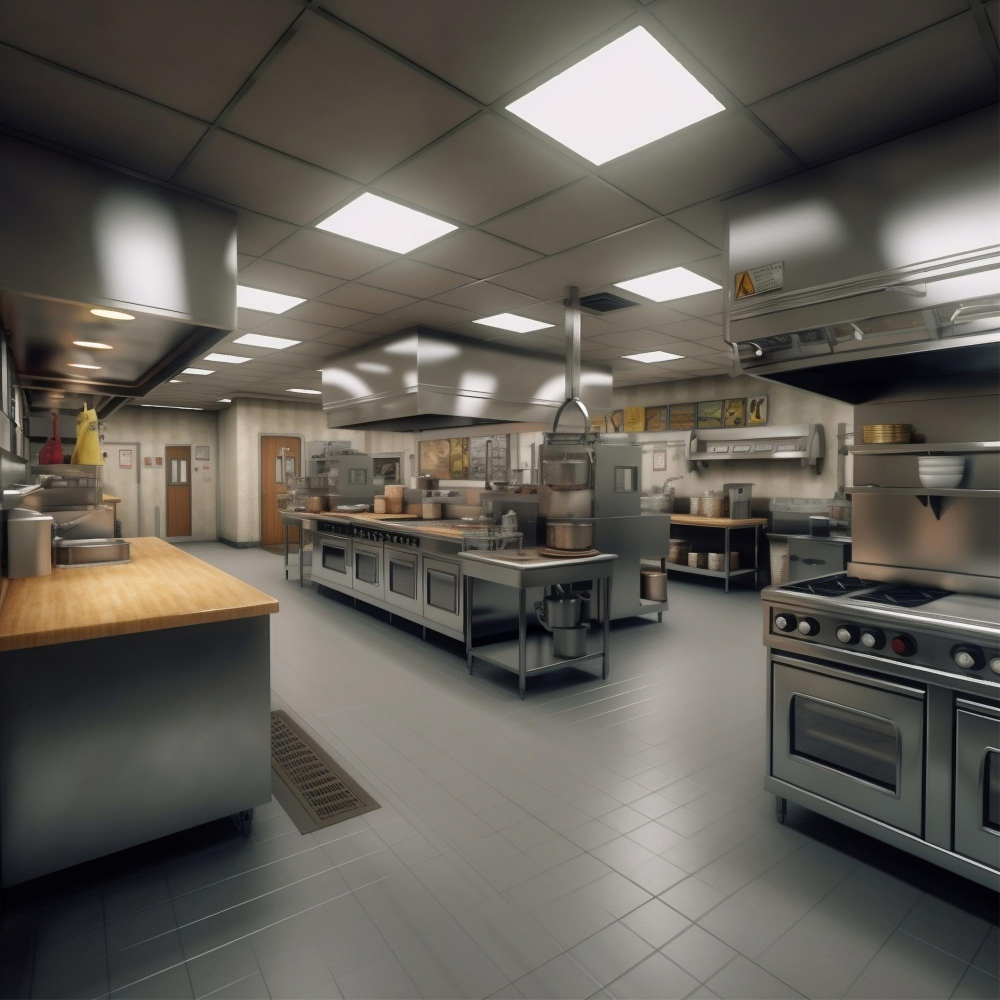
The right tools can make all the difference in ensuring that you can prepare high-quality food efficiently. Here are some of the essential items that every cloud kitchen needs:
1. Cooking Range: A reliable cooking range is an absolute must-have for any cloud kitchen.
2. Refrigeration Units: You’ll need refrigerators to store raw ingredients as well as cooked food before delivery.
3. Food Processor: A good quality food processor will help you chop vegetables quickly and efficiently.
4. Oven or Microwave: Depending on what kind of dishes you plan to serve, an oven or microwave may be necessary for reheating purposes.
5. Utensils & Cookware Set – Pots & pans with lids (various sizes), spatulas (metallic/wooden), ladles/scoops/tongs/knives/cutting board etc.
6. Storage Containers- Plastic containers with tight-fitting lids are ideal for storing prepped ingredients like chopped veggies or marinated meats.
Safe Food Handling Practices
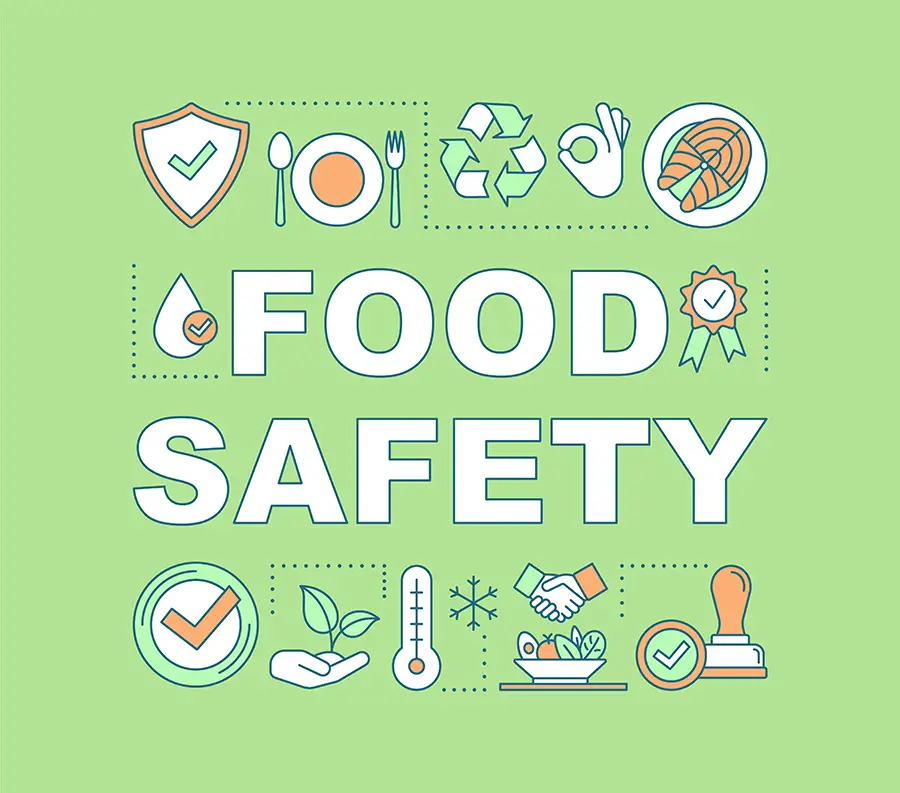
As a cloud kitchen owner, you must ensure that your food is prepared and delivered safely to avoid any health hazards or legal issues. The first step towards safe food handling practices is to maintain proper hygiene in the kitchen area.
This includes regular hand washing, wearing gloves while preparing the food, using clean utensils and equipment, sanitizing surfaces frequently.
Another important aspect of safe food handling practices is maintaining appropriate temperatures during storage and transportation. You should store raw ingredients separately from cooked foods to prevent cross-contamination.
It’s essential to keep hot foods hot (above 140°F) and cold foods cold (below 40°F) during delivery.
Efficient Order Management
With no physical storefront, your online presence and order management system become the face of your business. It’s essential to have an efficient and user-friendly ordering platform that can handle high volumes of orders without any glitches or delays.
To achieve this, you need to invest in reliable technology solutions that can streamline the entire process from order placement to delivery. You could use third-party food delivery apps like Uber Eats or Grubhub, but they come with hefty commissions that eat into your profits.
Alternatively, you could develop an in-house ordering system using software like Toast POS or Square POS for restaurants. These systems allow customers to place orders directly on your website or mobile app while providing real-time updates on their order status.
Another critical factor is ensuring timely deliveries by optimizing routes and dispatching drivers efficiently. You should also consider partnering with local logistics companies for last-mile deliveries if needed.
Marketing Strategies

To attract customers to your online kitchen, you need to have a solid marketing strategy in place. One effective way to market your cloud kitchen is through social media platforms like Facebook, Instagram, and Twitter.
You can create engaging content that showcases your menu items or offers exclusive discounts for followers.
Another way to promote your brand is by partnering with food bloggers or influencers who have a significant following on social media platforms. They can help spread the word about your cloud kitchen and generate buzz around it.
You could also consider running paid ads on search engines like Google or Bing as well as social media sites such as Facebook Ads Manager or Instagram Ads Manager targeting specific demographics based on age range, location etc., which will increase visibility among potential customers.
Don’t forget about email marketing! It’s an excellent tool for keeping in touch with existing customers while also reaching out to new ones who may be interested in what you offer.
Partnerships and Collaborations
By partnering with other businesses, you can expand your reach, increase brand awareness, and offer more value to your customers. One way to do this is by collaborating with food bloggers or influencers who have a large following on social media platforms like Instagram or Facebook.
You can offer them free meals in exchange for promoting your brand on their channels.
Another option is to partner with local grocery stores or supermarkets that don’t have their own kitchens but want to offer fresh meals made from quality ingredients. This partnership will allow you to sell pre-packaged meals through these stores’ online platforms, increasing sales volume while also providing convenience for customers.
You could also consider partnering with delivery companies such as Uber Eats or Grubhub if they operate in your area. These partnerships will help streamline the delivery process and ensure timely deliveries while allowing you access to a broader customer base.
Financial Planning

You’ll need to consider various costs, such as equipment and supplies, rent or mortgage payments for your home kitchen space, marketing expenses, delivery fees and salaries if you plan on hiring staff.
To start with financial planning for your cloud kitchen business at home:
- Create a detailed budget outlining all the expected costs.
- Determine how much money you can invest in the business from personal savings or loans.
- Explore funding options like crowdfunding platforms or small business grants.
- Consider partnering with other businesses that complement yours.
It’s important not only to plan but also keep track of your finances regularly. Keep an eye on cash flow statements and profit-and-loss statements so that you can make informed decisions about where best to allocate resources.
Legal Considerations

The first step is to register your business as a legal entity and obtain all necessary licenses and permits from local authorities. Depending on where you live, there may be specific zoning laws or health codes that apply to food businesses operating from home.
It’s also essential to have proper insurance coverage for your cloud kitchen in case of any accidents or incidents. Liability insurance can protect you against claims made by customers who suffer injuries or illnesses after consuming food prepared in your kitchen.
Another critical aspect of legal considerations is protecting intellectual property rights such as trademarks, copyrights, patents etc., which are vital for branding purposes. It would help if you consulted with an attorney specializing in small business law before launching a cloud kitchen at home.
Packaging and Delivery Solutions
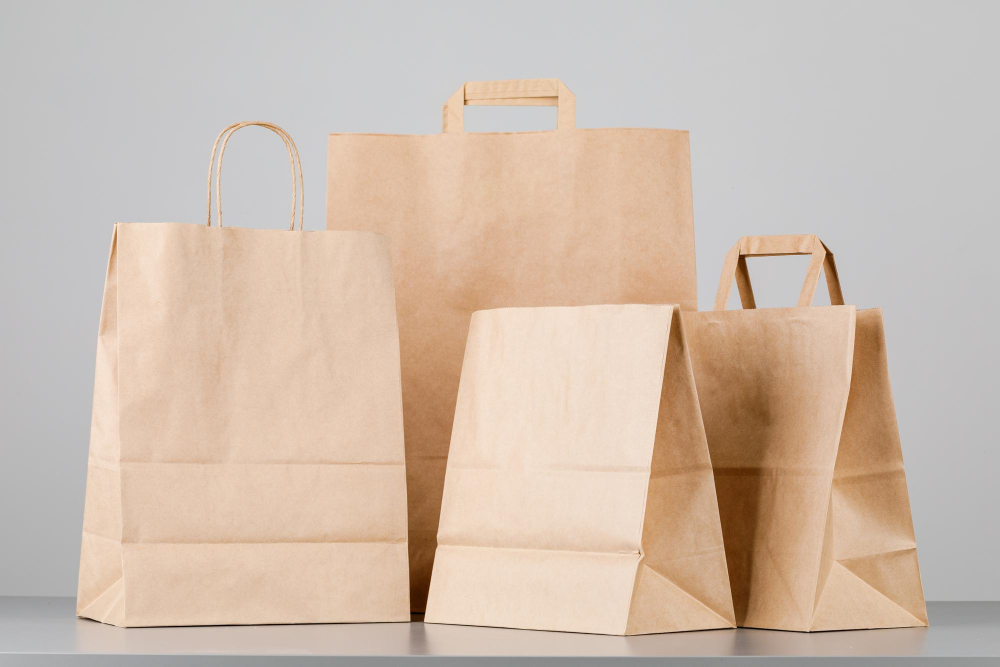
The packaging should be sturdy enough to keep the food fresh during transportation while also being visually appealing. You can use eco-friendly materials such as paper bags or biodegradable containers that align with your brand values.
Delivery is a crucial aspect of cloud kitchens, so make sure that you have a reliable delivery system in place. You can either hire delivery personnel or partner with third-party logistics providers like Uber Eats, Grubhub, DoorDash etc., depending on what works best for your business model.
It’s important to ensure timely deliveries as customers expect their orders within the promised timeframe. Use technology solutions like GPS tracking systems and order management software to streamline operations and improve efficiency.
Remember that packaging is not just about protecting the food; it’s also an opportunity for branding! Make sure all packages are labeled clearly with logos or stickers representing your brand identity so customers know where their delicious meal came from!
Hiring and Staff Training

Your team is the backbone of your business, so it’s essential to choose the right people and provide them with adequate training.
When hiring staff for a cloud kitchen, look for individuals who are passionate about cooking and customer service. They should be able to work in a fast-paced environment while maintaining quality standards.
You can advertise job openings on social media platforms or online job portals.
Once you have hired your team members, provide them with comprehensive training on food preparation techniques, hygiene practices, order management systems as well as customer service skills. Ensure that they understand how important their role is in delivering high-quality food promptly while ensuring safety measures are followed at all times.
Customer Feedback and Continuous Improvement

Customer satisfaction is the key to success in any business, and a cloud kitchen is no exception. Encourage customers to leave reviews on social media platforms or through online surveys so that you can identify areas for improvement.
Analyze the feedback received from customers regularly and make necessary changes accordingly. For instance, if multiple customers complain about late deliveries or cold food upon arrival, then it might be time to re-evaluate your delivery process or packaging solutions.
Moreover, consider offering loyalty programs or discounts for repeat orders as an incentive for returning customers. This will not only help retain existing clients but also attract new ones through word-of-mouth marketing.
Customer feedback plays a crucial role in improving the quality of service offered by a cloud kitchen at home.
Navigating Challenges and Competitors
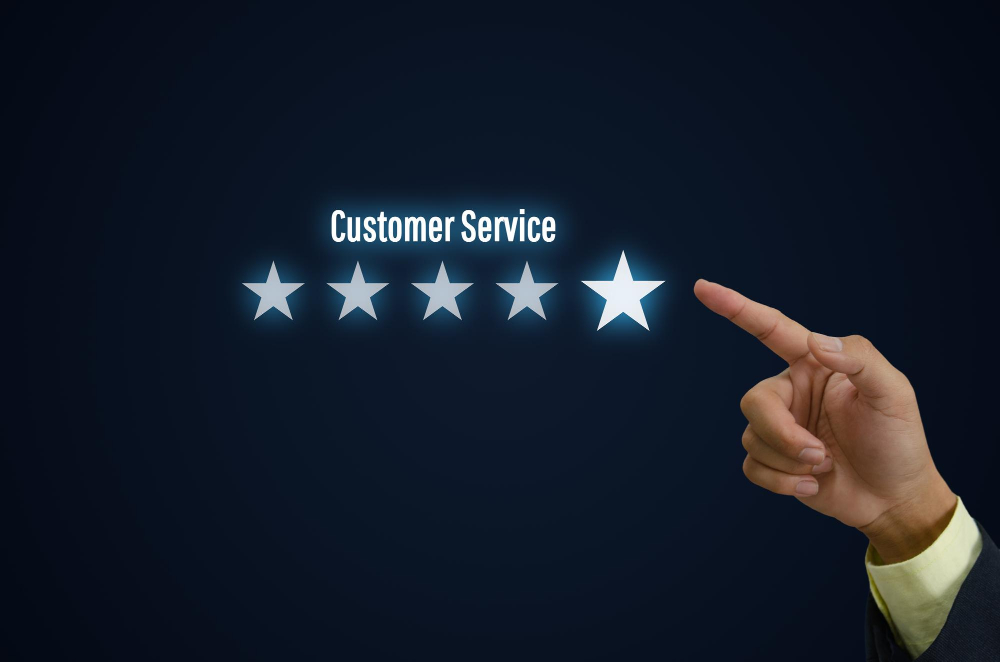
One of the biggest hurdles you’ll face is competition from other cloud kitchens in your area. To navigate this challenge, you need to differentiate yourself by offering unique menu items or exceptional customer service.
Another significant challenge is managing your finances effectively. You must keep track of all expenses and revenue streams to ensure that your business remains profitable in the long run.
There may be unforeseen obstacles such as equipment breakdowns or delivery delays that could impact your operations. It’s essential to have contingency plans in place for such situations so that you can quickly adapt and continue serving customers without any interruptions.
Staying up-to-date with industry trends and consumer preferences is crucial for remaining competitive in the market. Keep an eye on what other successful cloud kitchens are doing differently than yours; learn from their strategies while also maintaining a unique identity for yourself.
Navigating these challenges requires patience, perseverance, creativity – but most importantly – passion! With dedication towards providing quality food coupled with excellent customer service will help set apart from competitors while ensuring success over time!
FAQ
Can you do a cloud kitchen at home?
Yes, you can operate a cloud kitchen at home as it primarily takes orders from online platforms or phone calls and does not require a dine-in area or takeaway services, focusing mainly on the kitchen operations.
Do Cloudkitchens make money?
Cloudkitchens make money by generating revenue through food sales on a per-order basis and potentially offering subscription services.
Are cloud kitchens a good investment?
Cloud kitchens can be a good investment with proper location, menu, pricing strategy, operations, and marketing efforts, but profitability is not guaranteed.
What is the difference between a cloud kitchen and a virtual kitchen?
The terms cloud kitchen and virtual kitchen refer to the same concept which is an online-only food business operating from a rented space without a brick-and-mortar presence, and sometimes known as ghost kitchens or dark kitchens.
What are the essential equipment and tools required to start a cloud kitchen at home?
Essential equipment and tools required to start a cloud kitchen at home include a commercial-grade cooking range, refrigerator, food storage containers, utensils, oven, microwave, food preparation surfaces, and proper ventilation.
How do you market and grow a cloud kitchen successfully?
To market and grow a cloud kitchen successfully, focus on creating a strong online presence, leveraging digital marketing strategies, and delivering exceptional food quality and customer service.
What are the key factors to consider for menu planning and pricing in a home-based cloud kitchen?
The key factors for menu planning and pricing in a home-based cloud kitchen include understanding customer preferences, cost of ingredients, portion sizes, cooking time, competition, and profitability.




